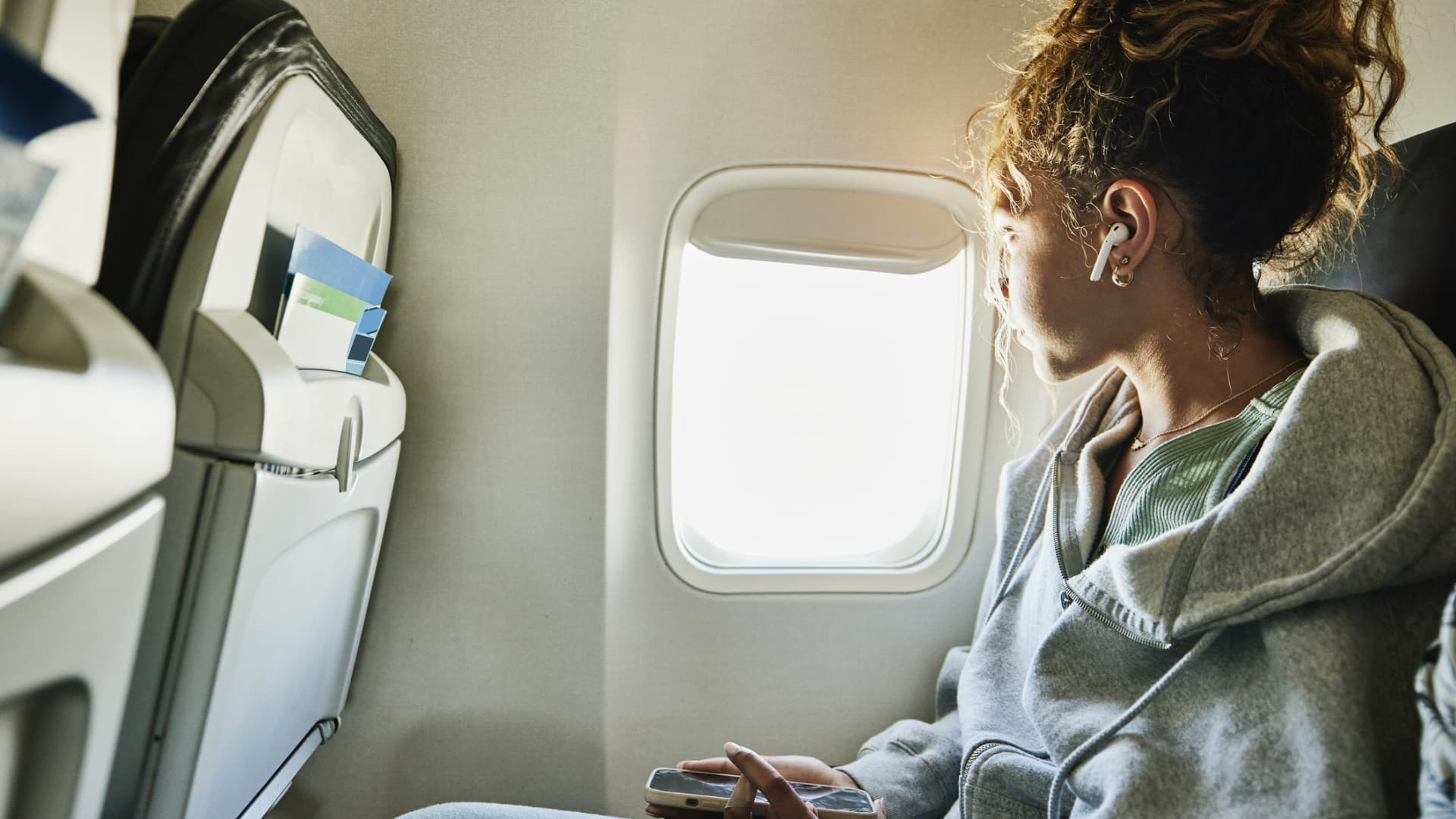Hong Kong-Taipei is the busiest international flight route, according to a report released Tuesday by aviation intelligence company OAG.
The route — which last held that position in 2019 — is back on the list despite seat capacity still being 15% below pre-pandemic levels, according to OAG report.
Seven of the world's 10 busiest international routes are in Asia Pacific, although seat capacity on many of those routes has not yet recovered to 2019 levels.
However, two routes on the list — both in the Middle East — show significant growth from 2019. The second busiest route, Cairo to Jeddah, has about 5.5 million seats available, which is 62% higher than 2019 levels, according to the OAG.
The third busiest route - Seoul Incheon to Tokyo Narita - also showed significant growth (68%) from pre-pandemic levels. Several factors explain why, said John Grant, chief analyst at the OAG.
"First of all, with the Chinese international market still slowly recovering, airlines have had to allocate aircraft to other markets. And Japan is a very popular destination at the moment," he said. "In addition... a few new carriers entered the market, including airlines such as Eastar and Air Japan. And finally... Haneda airport is effectively full so new capacity had to go to Narita."
The route connecting Kuala Lumpur and Singapore, which was the busiest international route of 2023, moved into fourth place, with seats 3% below 2019 levels. Bangkok to Hong Kong, the seventh busiest route, has not been fully restored either, remaining 13% behind pre-pandemic capacity.
New York-JFK to London-Heathrow is the only route on the top 10 list that connects in North America and Europe. Seat capacity on the route increased by 3% last year, reaching 4 million seats, according to the OAG.
Flights from Latin America did not make the top 10 list, but OAG says the busiest international route in the region is the one connecting Orlando, Florida, to San Juan, Puerto Rico, with 2.3 million seats.
Busiest domestic routes
Domestic flight routes are much busier than international ones, in terms of the volume of scheduled seats.
The busiest route in the world is in South Korea, connecting Seoul to the island of Jeju. Some 14.2 million seats were available on the route in 2024, amounting to around 39,000 seats per day, according to the OAG.
And this despite the fact that the capacity on the route is still 19% below pre-pandemic levels, the company said.
According to the report, nine of the ten busiest domestic airline routes of 2024 are located in Asia Pacific.
The route that connects Hokkaido with Tokyo comes in at No. 2, followed by another route in Japan — one that connects the city of Fukuoka with Tokyo Haneda.
China's busiest airline route connects its two largest cities — Beijing with Shanghai — with about 7.7 million seats, just ahead of the 7 million seats that fly between Guangzhou and Shanghai.
Seats on the latter route fell from 2023 levels, according to the OAG, in what Grant called a "re-adjustment" to the 2019 schedules.
"During the pandemic, local Chinese airlines have diverted... international capacity to domestic services, and this route has seen a huge increase," he said. "What we are seeing now is the realignment of capacity back to more normal levels as Chinese carriers slowly return more international services."
The biggest growth in this list is in Saudi Arabia, with seats on the route connecting Jeddah and Riyadh increasing by 9% from 2019.
Busiest domestic routes by region
The busiest route in Africa connects Cape Town in South Africa with Johannesburg (5 million seats) and in Europe, Barcelona in Spain with the island of Mallorca (2.9 million seats).
The busiest route in the United States connects Atlanta and Orlando (3.5 million seats), but the busiest route in North America is the one in Canada connecting Vancouver and Toronto (3,498,835 seats).
